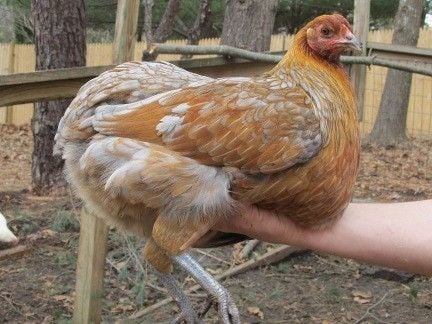Up for auction are 11+ Colloncas hatching eggs.
This is a 24 hour auction.
Bidding will end when the clock strikes 8:49 pm Monday night
The bidding will start at $25
Enter your bid as a reply in this listing.
I will ship the eggs Tuesday.
Important: When the auction is closed I ask that the winner shoot me a PM with your email and your zip code so I can send you my paypal info and a total after shipping.
Please understand that I can not guarantee hatch-rates
This is a 24 hour auction.
Bidding will end when the clock strikes 8:49 pm Monday night
The bidding will start at $25
Enter your bid as a reply in this listing.
I will ship the eggs Tuesday.
Important: When the auction is closed I ask that the winner shoot me a PM with your email and your zip code so I can send you my paypal info and a total after shipping.
Please understand that I can not guarantee hatch-rates
A quote from a buyer about my egg packing method:
"Hi Yashar, I just received the eggs and put them in the incubator. I really like how you packed them! This was only the third time I have received eggs, but I have not seen, nor could imagine a better packing method. Thanks for the extra eggs!"
Colloncas are one of the original and most ancient breeds of the Mapuche Indian culture of Chile. Part of our bloodline comes from the University of Concepcion in Chili.
They produce generous numbers of colourful eggs and like many South American fowl lay well into the winter. Some hens will produce a pale sea foam hued egg, others robin blue, ash gray and even lilac. A single pair of Colloncas may produce hens that each lay a different colour.
Colloncas are best known for innate tameness. They enjoy being held but unlike Silky fowl, which also enjoy human companionship, the Colloncas is completely winter hardy and can evade predators ably. It is a fairly strong flier and one of the more quiet breeds. Colloncas are very good at tick and fly control and are traditionally kept with sheep and llamas.
The Colloncas is one of the two primary ancestors of the Araucana. It is advisable that the poultier keep at least two roosters with a flock of hens, three is the ideal number as Colloncas have strong pair bonds and the roosters work in cooperation to defend and chaperon hens and chicks. As a rule, true Colloncas roosters do not fight with one another and are never aggressive with people.


Last edited:


